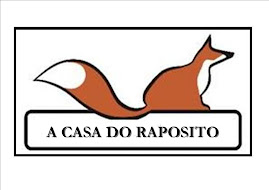 With the Sueve occupation of Galicia, Priscillianism was more or less tolerated especially since the rejection of the Trinity was shared by both the Sueves who practiced Arianism and the Priscillianists, although initially, in the opening years of the fifth century, the barbarian invasions of Spain threw the whole Peninsula into confusion as the Sueves were for the most part pagan upon their entry into Spain. But those that followed mainstream Christianity were permitted to worship according to their own practices.
With the Sueve occupation of Galicia, Priscillianism was more or less tolerated especially since the rejection of the Trinity was shared by both the Sueves who practiced Arianism and the Priscillianists, although initially, in the opening years of the fifth century, the barbarian invasions of Spain threw the whole Peninsula into confusion as the Sueves were for the most part pagan upon their entry into Spain. But those that followed mainstream Christianity were permitted to worship according to their own practices. When they founded their kingdom in Galicia in 464, Arianism was the State religion rather than Roman Catholicism. There is nothing to suggest that the Arian bishops at this time were active in suppressing paganism. Priscillianism was tolerated as many of its beliefs were similar in fact to the state religion, and it was not until St. Martin of Braga (not to be confused with St. Martin of Tours), the Apostle of the Sueves, that Priscillianism is seen to be driven back underground. It is only after Recared the Visigoth's conversion to Catholicism in the mid 7th century that we cease altogether to hear anything about the Priscillianists.
But where did they go? Did they simply die out, or be absorbed by the Catholic church, a church notably antipathetic and entirely different to their views?
Or did the movement go underground, only to re-appear as a synthesis somewhere else, somewhere where Priscillianism had had a distinct foothold 800 years before? Did Priscillian survive in the guise of the Good Men?
.




No comments:
Post a Comment